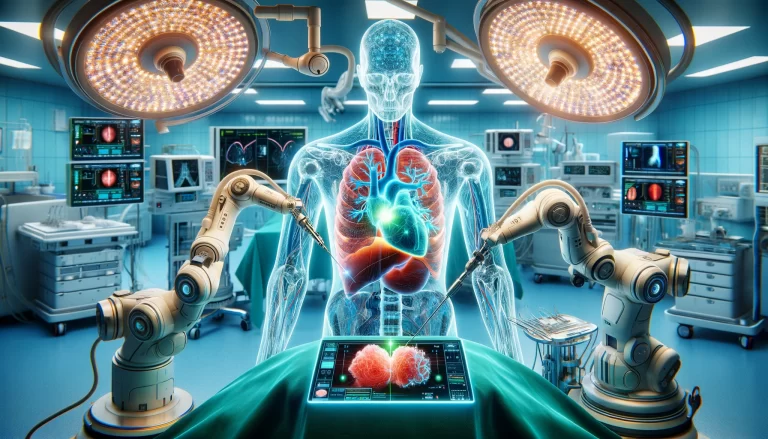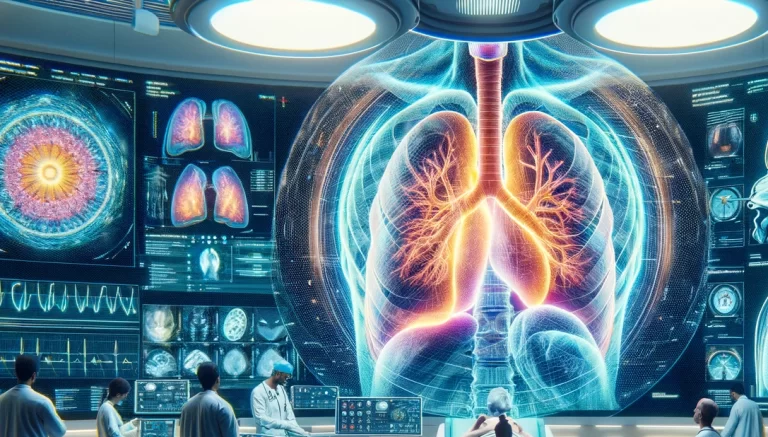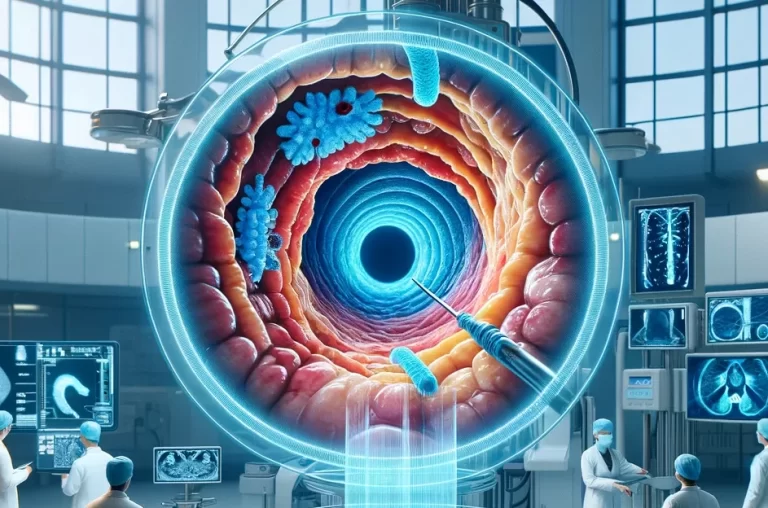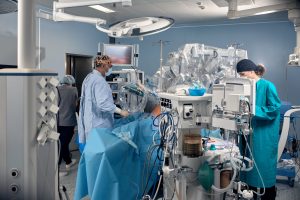
TRACHEAL SURGERY
KLIMATSIDAS MICHALIS MD, PhD

TRACHEAL SURGERY
The trachea is the airway that leads from the larynx to the bronchi, the airways that lead to the lungs. We refer to a narrowing of the trachea when this space narrows or is limited.
→ Most of them cases of tracheal stenosis they develop when the windpipe is injured after prolonged intubation – when a tube is inserted into the windpipe to help maintain breathing during a medical procedure – or from a tracheostomy (surgical opening of the windpipe). Tracheal stenosis can also develop from a number of other causes, such as:
- External neck injury
- Benign or malignant tumor pressing on the trachea
- Certain autoimmune disorders, such as polychondritis, sarcoidosis, papillomatosis, amyloidosis, or Wegener's granulomatosis
- Infections (bacterial and fungal infections as well as tuberculosis).
Tracheal narrowing can also develop as a side effect of radiation therapy when it is given to treat a tumor in the head or neck.
→ There are several types of tracheal stenosis. These can be divided into situations of strictures that are present from birth (relatives) and acquired conditions that have developed later in life.
→ Tracheal surgery is an option for treating tracheal stenosis, depending on the exact location and extent of the stenosis. Common surgical options for tracheal stenosis include:
Tracheal resection and reconstruction. During a tracheotomy, the surgeon removes the narrow part of the trachea and reconnects the ends. This is usually a very successful treatment, with excellent long-term results.
Tracheal laser surgery. In some cases, a laser may be used to remove the scar tissue causing the stricture. Laser surgery offers good short-term results and provides temporary relief, but is usually not a long-term solution. Always consider the underlying disorder before laser surgery to treat tracheal stenosis.
Tracheal dilatation. Widening the trachea – either with a balloon or with tracheal dilators – provides temporary relief of symptoms and allows the surgeon to determine the extent to which the trachea is affected. During the operation, the cause of the stenosis can also be diagnosed if it is unknown.
Tracheobronchial airway stent. A tracheal stent is a metal, silicone, or hybrid tube placed at the site of the narrowing to keep the airway open. Stents are used as both short-term and long-term treatments for stenosis.
→ Procedures involving the trachea are performed with various methods depending on the case. They are considered common and safe procedures. Before any surgery or procedure, we always make sure to thoroughly discuss with patients the specific risks, but also the procedure to be followed.
For more information and clarifications or to schedule an appointment, you can contact Dr. Michalis Klimatsidas by calling (+030) 6944562928 or by filling out the relevant form.
KLIMATSIDAS MICHALIS MD, PhD
THORAX SURGEON - THESSALONIKI
Dr. Michalis Klimatsidas is a thoracic surgeon, doctor of the Cardiothoracic Surgery Clinic of AUTH and his specialty is minimally invasive thoracic surgery with the single-hole technique, Uniportal Vats, as well as robotic thoracoscopic surgery, Robotic VATS (RATS).

*The content in this blog is not intended as a substitute for professional medical advice, diagnosis or treatment. Always seek the advice of qualified health care providers with questions you may have about medical conditions.
























